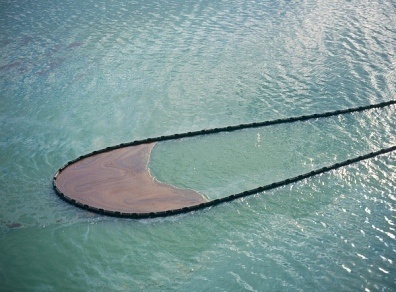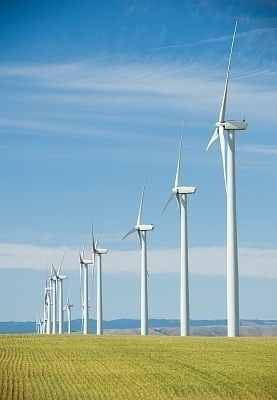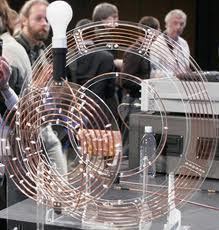Oil spills can occur with little to no notice. When a spill does happen, it becomes critical to act quickly to contain the spill in order to mitigate damage to the environment. Oil booms are commonly used in maritime environments as both a reactive action to a spill or as a preventative measure around ships that may experience an oil spill.
What Makes Up an Oil Boom?
Fundamentally, an oil boom is made up of a plastic tarp that has flotation embedded in the top and a thinner skirt that is weighted on the bottom and sinks into the water. Most booms are approximately two feet wide and can come in lengths of more than 100 feet. They are designed to keep oil from floating past the boom in order to allow time for removal of the oil from the water.
How Are Oil Booms Configured?
Most oil booms are designed to have approximately six inches of the boom float above the water and one to one and a half feet of boom beneath the water's surface. The top of the oil boom has foam sewn or otherwise affixed to the top of the boom for floatation. To keep the boom skirt or plastic in the water at near a perpendicular angle, chain or weights are sewn into the edge of the boom to provide the appropriate buoyancy for the boom.
How Are Oil Booms Used to Contain Oil Spills?
Oil booms are used to contain spills on both fresh water lakes as well as seaports. In the event an oil spill occurs, local authorities or businesses would initially survey the size of the spill area. Following the survey, oil boom deployment around the spill area will occur in order to keep the oil contained to as small of an area as possible. If the size of spill exceeds the total length of a single boom, booms will be connected end-to-end to provide containment for the affected area. Once oil booms are deployed for a spill, additional time is gained for a decision to be made on the method of oil removal from the area to include using oil skimmers, surface dispersants, or in some cases burning the oil off.
What Are Some Problems With Oil Booms?
Oil booms, unfortunately, are not fool-proof. In calm weather conditions, booms do a decent job of containment of oil spills. As the weather conditions worsen, booms become less effective at oil containment due to the short free board, or height, of the boom. This short free board is required for the design of the boom, but does not keep the ocean's waves from carrying oil over the top of the boom for further spread. The closer that a spill occurs to land in the ocean-environment, the greater the containment process will be complicated by wind, waves, and sea currents. For many oil spills, it has been necessary to deploy oil booms in multiple layers of circles around the spill area in order to provide multiple layers of protection against the spread of the oil. In some regions, it also becomes necessary to have personnel tend the oil booms for twenty four hours a day until the oil is cleaned out of the water due to the changes being experienced in the weather conditions.



Follow Us!